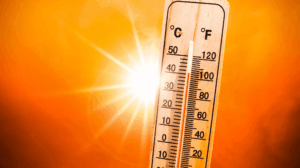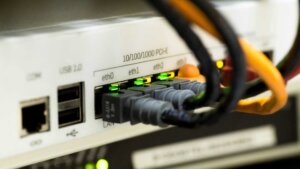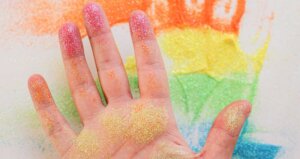Products are selected by our editors, we may earn commission from links on this page.
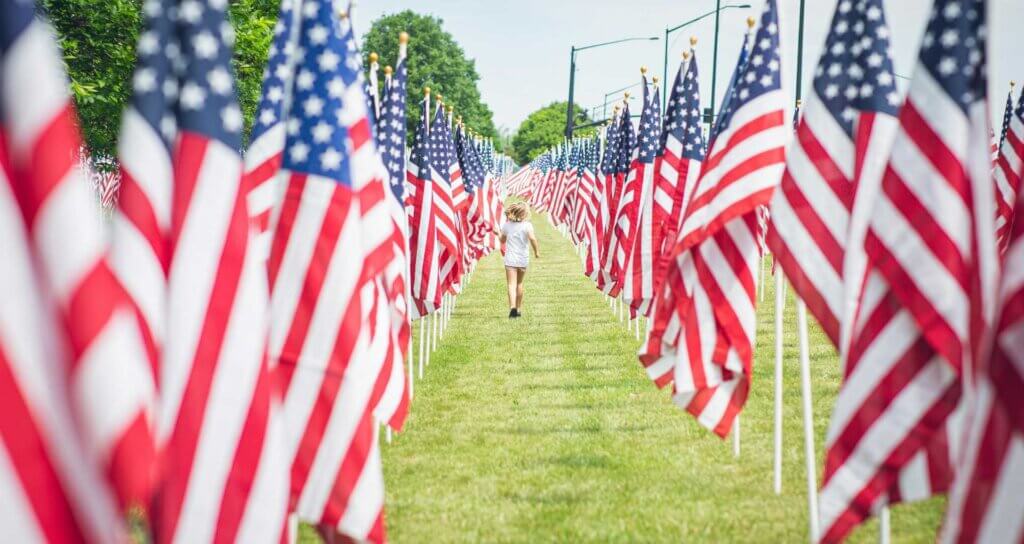
The Fourth of July has always been a day of celebration in America, but how that celebration has manifested has changed dramatically with each passing decade, reflecting the nation’s evolving culture, technology, and challenges.
The Late 1700s: Raw Revolutionary Enthusiasm
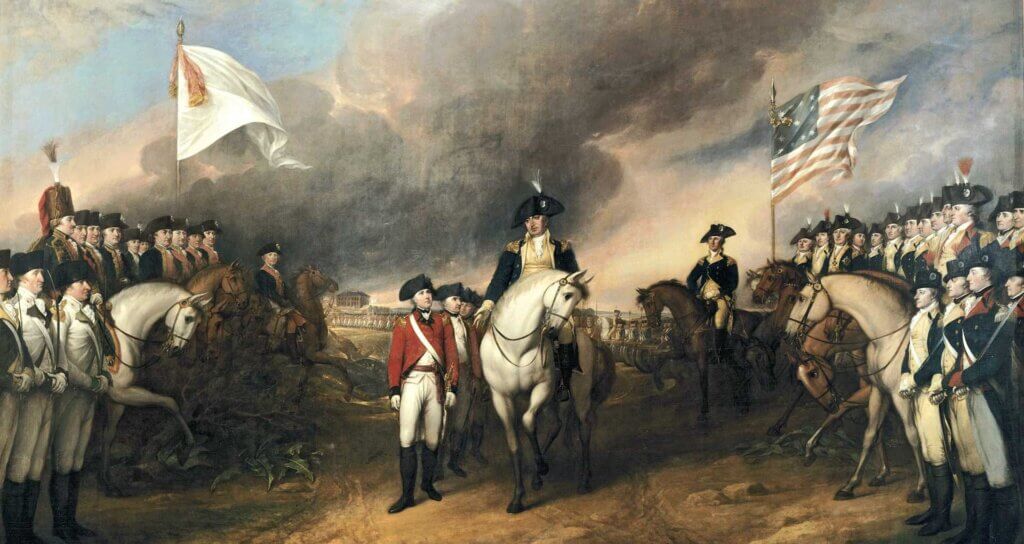
In the immediate aftermath of independence, celebrations were raw and spontaneous. People gathered for bonfires, rang bells, fired cannons and muskets, and held public readings of the Declaration of Independence. There were often boisterous parades, toasts to liberty, and community dinners, all fueled by the fresh excitement of a new nation’s birth.
The Early 1800s: Formal Orations & Community Dinners
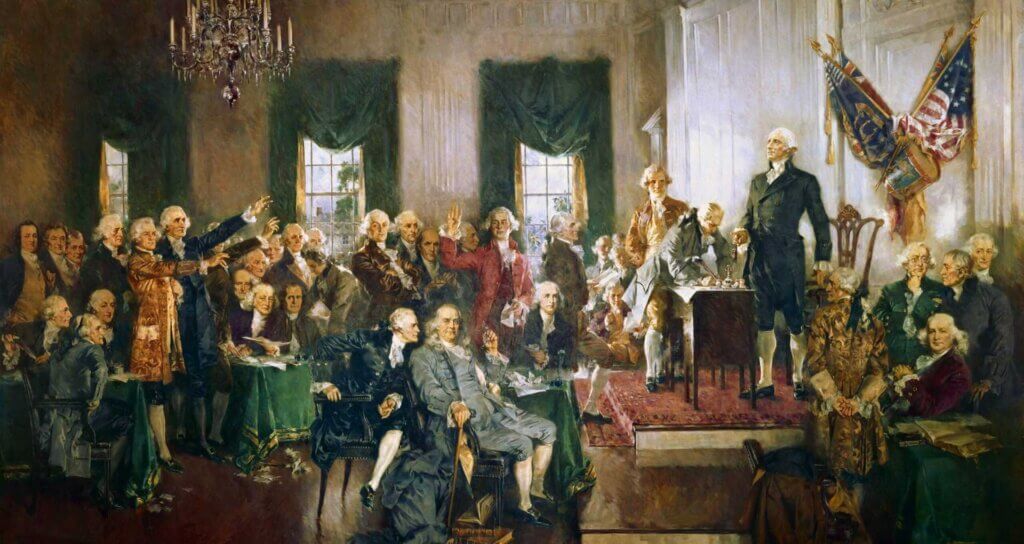
As the nation matured, celebrations became more formalized. Orators would deliver lengthy patriotic speeches, often recounting the events of the Revolution. Community dinners were common, marked by 13 toasts, one for each state. Artillery salutes and militia parades remained popular, emphasizing civic pride and burgeoning national identity.
The 1820s: Founding Father Legacy & Mourning
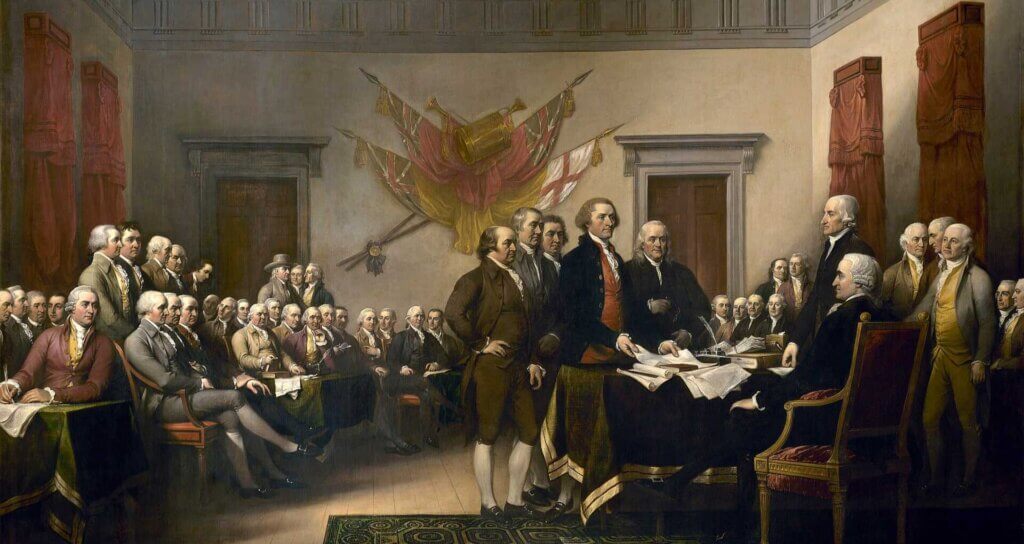
The deaths of John Adams and Thomas Jefferson on July 4, 1826 (the 50th anniversary of the Declaration), profoundly impacted celebrations. This decade saw a heightened reverence for the Founding Fathers. Parades became more elaborate, and public eulogies and memorial services were common, intertwining national pride with somber remembrance.
The 1840s: Explosive Growth & Early Hazards
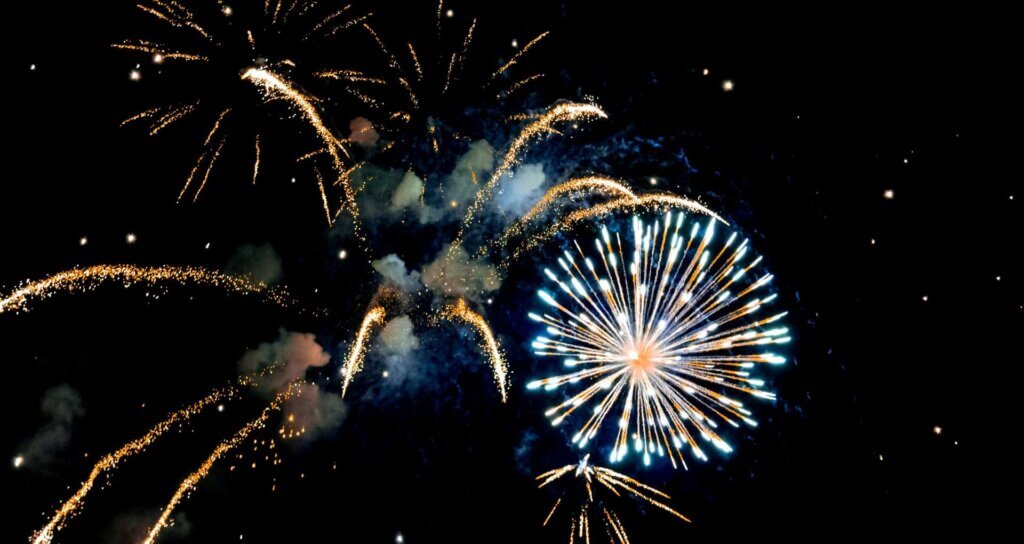
By this decade, fireworks, though often dangerous and homemade, became increasingly popular. Cities like Boston and Philadelphia saw massive pyrotechnic displays.
However, with less regulation, “Fourth of July injuries” from firecrackers and other explosives became a significant public concern, a stark reminder of early celebration risks.
The 1860s: Civil War Divisions & Reunification
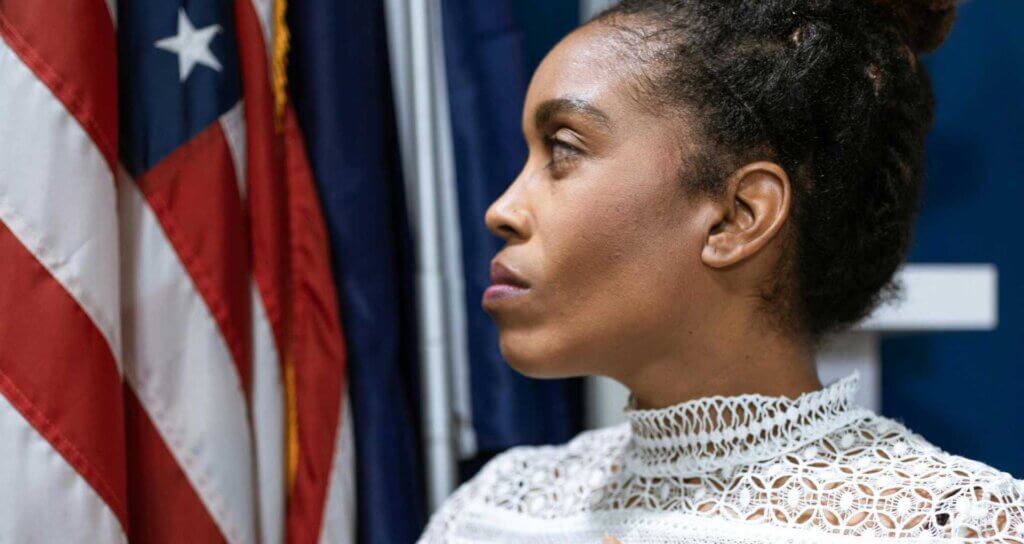
During the Civil War, celebrations were deeply divided; the Union celebrated with fervent patriotism, while the Confederate states often marked the occasion quietly or not at all.
Following the war, the Fourth became a powerful symbol of national unity and reunification, with parades featuring both Union veterans and, eventually, a growing emphasis on reconciliation.
The 1880s: The Federal Holiday & Grand Parades
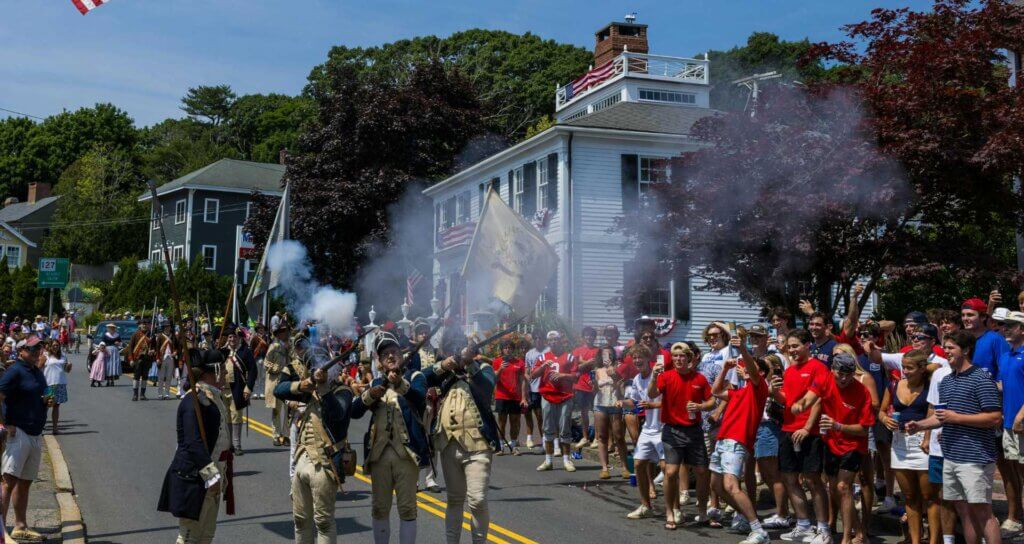
The Fourth of July officially became a federal holiday in 1870, leading to more widespread and organized celebrations. Grand civic parades became a hallmark, often featuring elaborate floats, marching bands, and veterans’ groups. Community picnics and public speeches remained popular, fostering a strong sense of national pride and tradition.
The 1900s: The Safe & Sane Movement
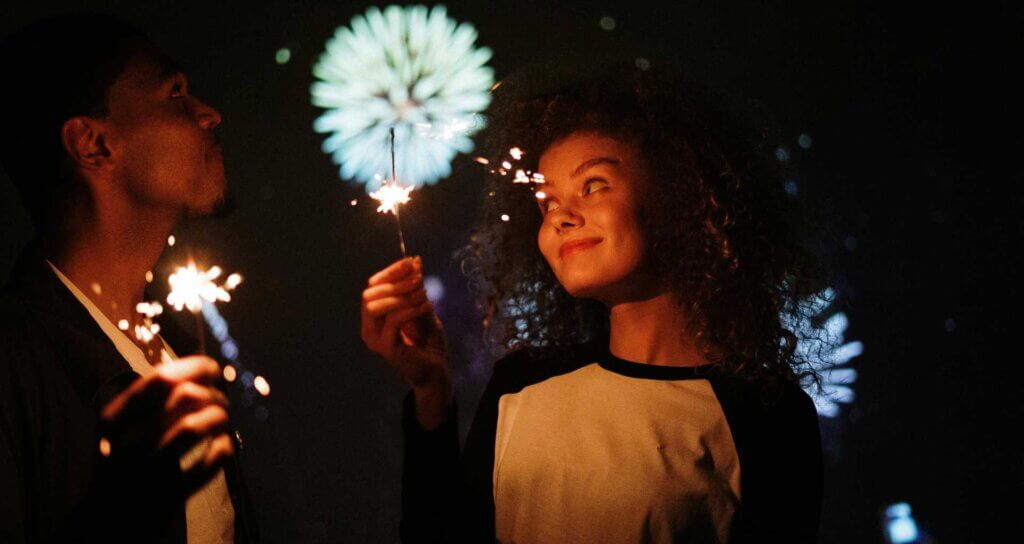
Due to a high number of injuries and deaths from fireworks, the early 20th century saw the rise of the “Safe and Sane Fourth” movement. Cities began banning individual fireworks sales, promoting centralized, professionally managed fireworks displays. This shifted the focus from private pyrotechnics to communal spectacles.
The 1920s: Roaring Twenties Pageantry & Jazz
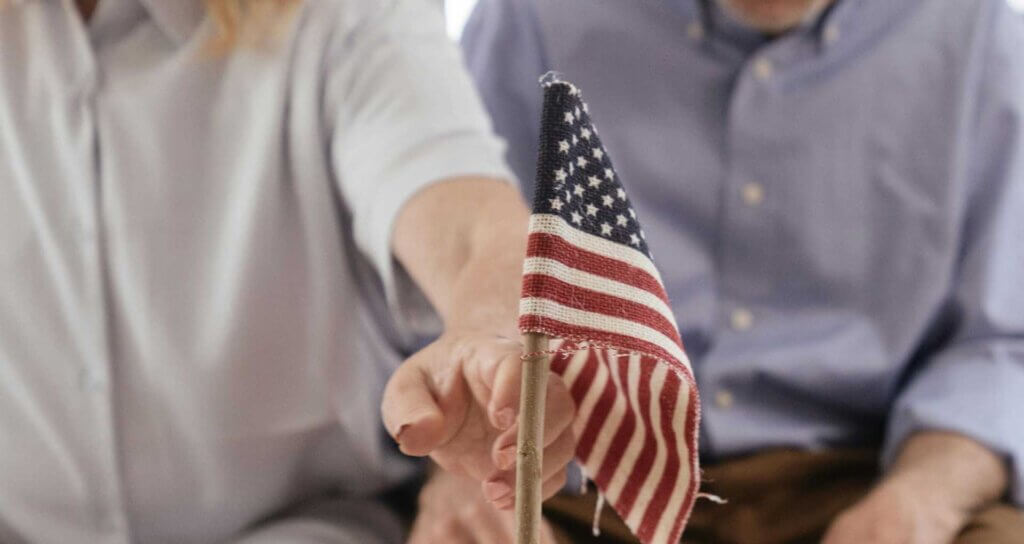
The Roaring Twenties brought a new flair to Fourth of July celebrations. Large public gatherings often featured jazz bands and dance performances. Automotive parades gained prominence as cars became more common. Community picnics and outdoor concerts provided entertainment, reflecting the decade’s vibrant and modern spirit.
The 1940s: Wartime Patriotism & Homefront Efforts
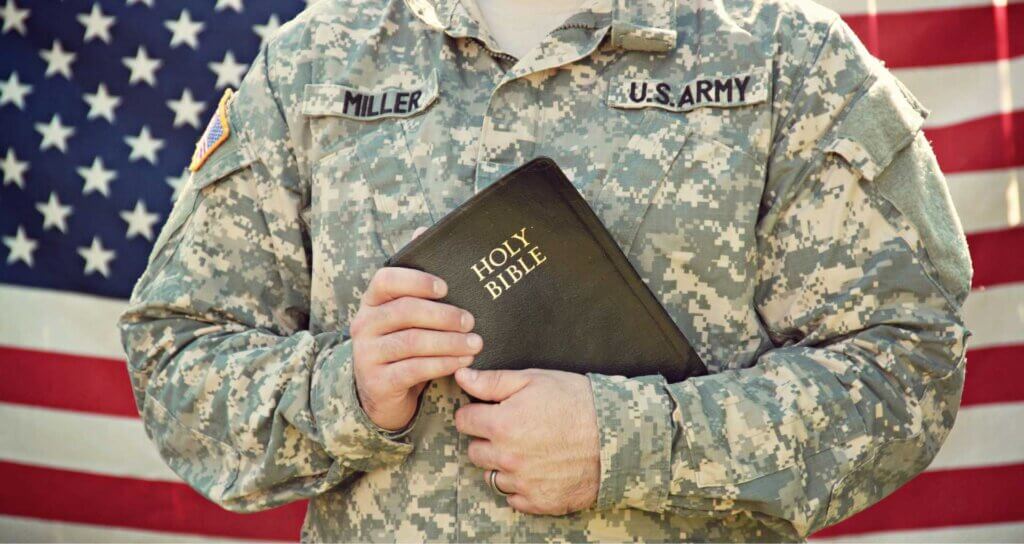
During World War II, Fourth of July celebrations were infused with profound patriotism and a focus on the war effort. Parades showcased military units, and war bonds were sold. Families often observed the day with victory gardens, rationing-conscious picnics, and solemn reflections on freedom’s cost, uniting the nation in purpose.
The 1960s: Suburban Celebrations & Social Change
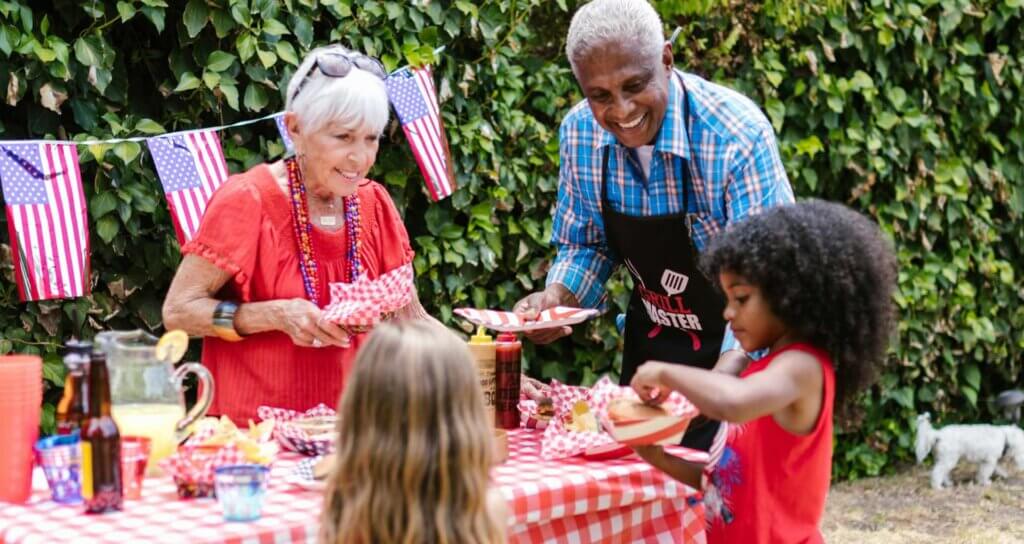
The 1960s saw the rise of the backyard barbecue as the quintessential Fourth of July gathering in burgeoning suburbs. Families gathered for casual cookouts, often ending with local fireworks shows. However, the decade’s social unrest also meant the holiday was a backdrop for civil rights protests, highlighting ongoing struggles for freedom and equality.
The 2000s: Post-9/11 Patriotism & Large-Scale Entertainment
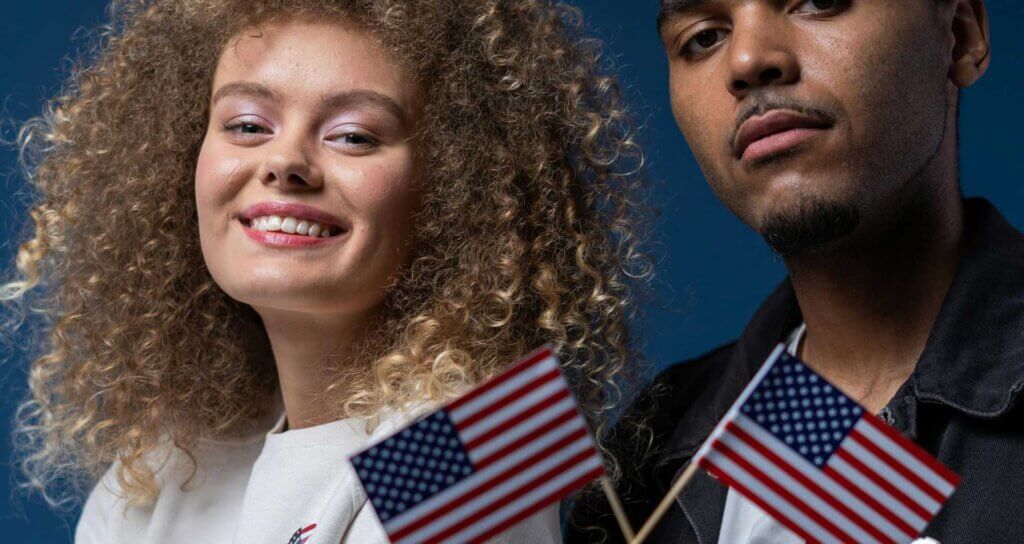
Following the events of 9/11, Fourth of July celebrations in the 2000s often took on a deeper, more solemn sense of patriotism. Flag displays were more prominent, and large-scale televised concerts and professional fireworks shows became even grander. Commercialization continued, with widespread sales of themed merchandise, all while emphasizing national unity.
An Evolving Ode to Liberty
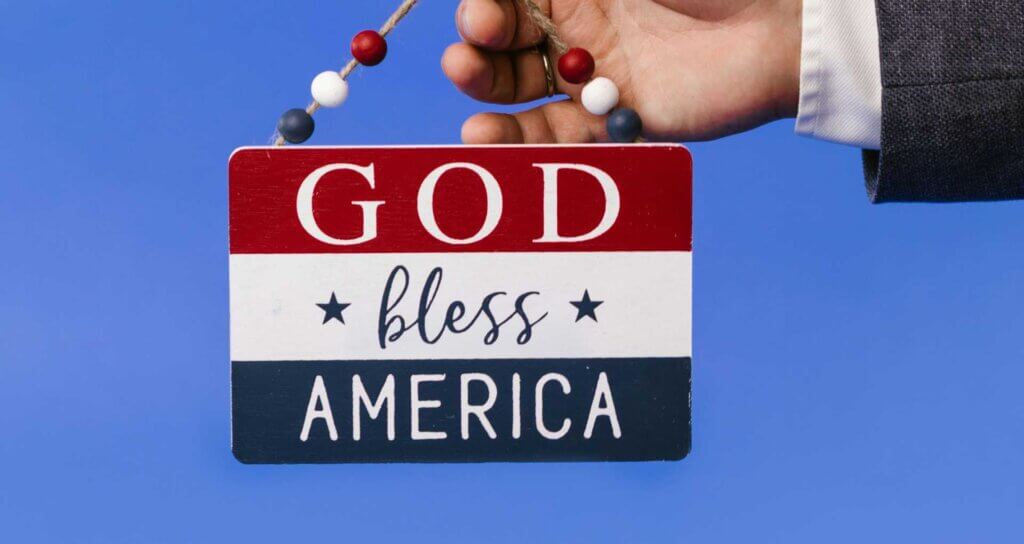
Each decade brought new traditions, new meanings, and new ways to express patriotism, intertwining historical events with personal and communal experiences.
